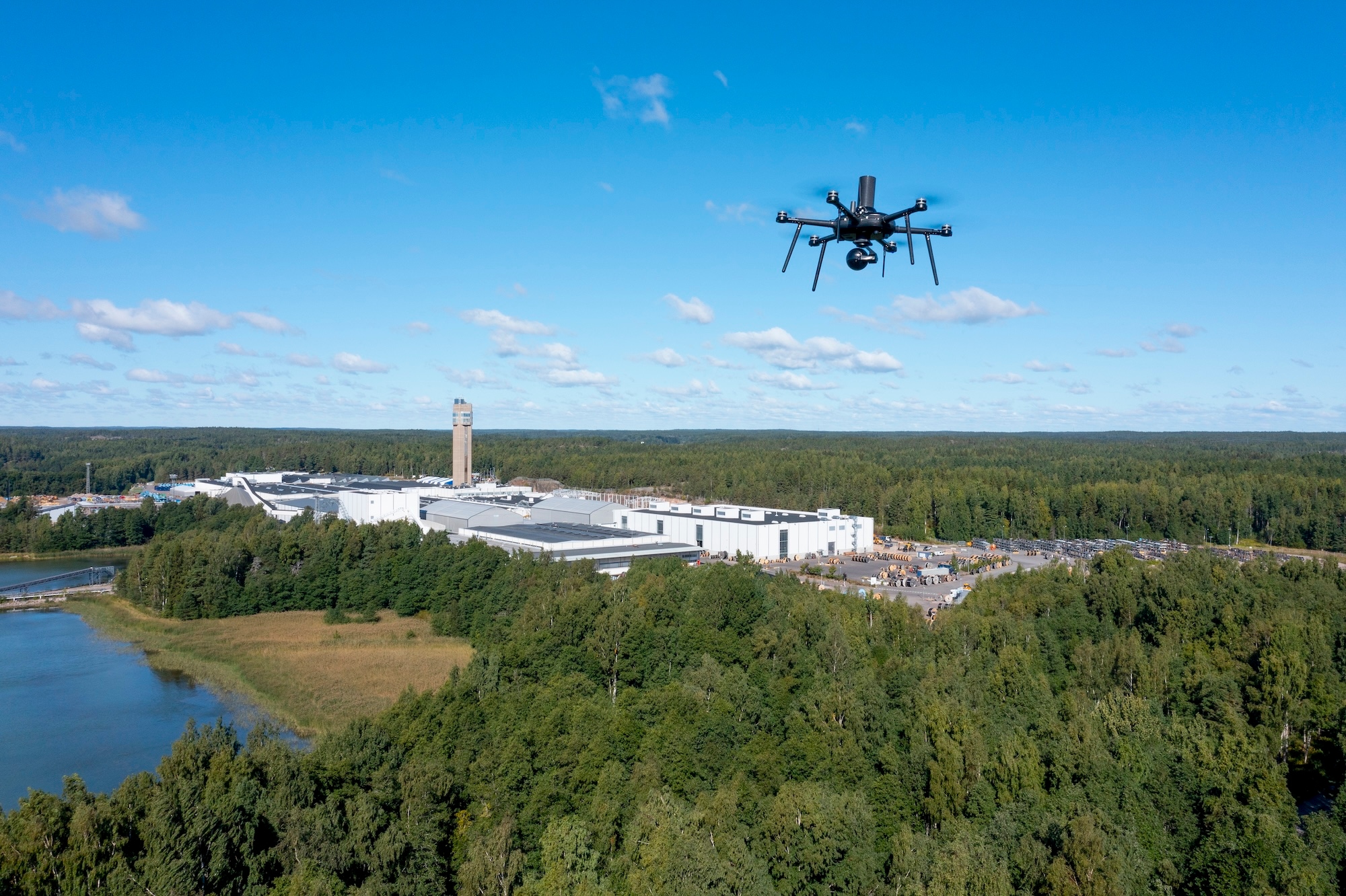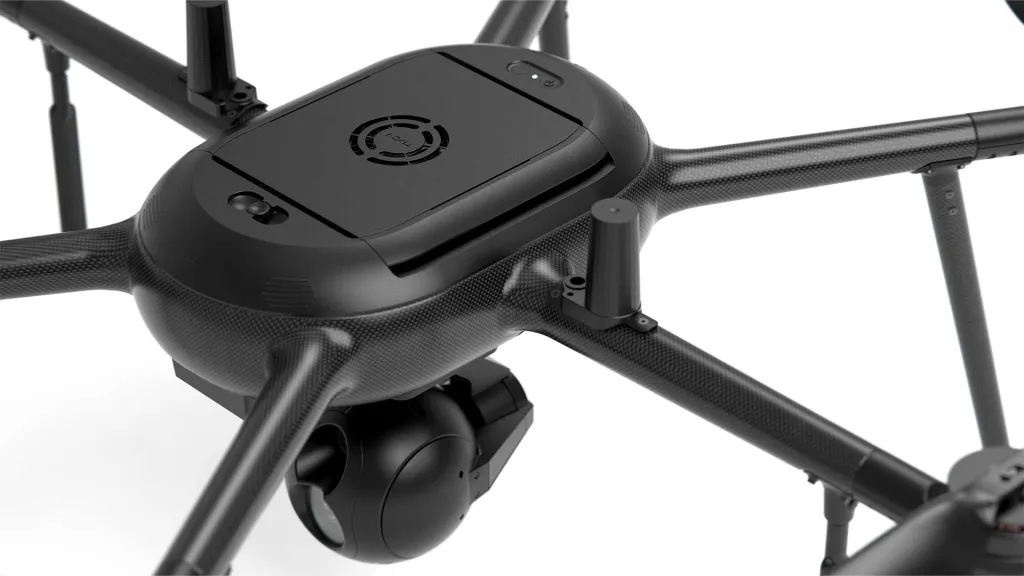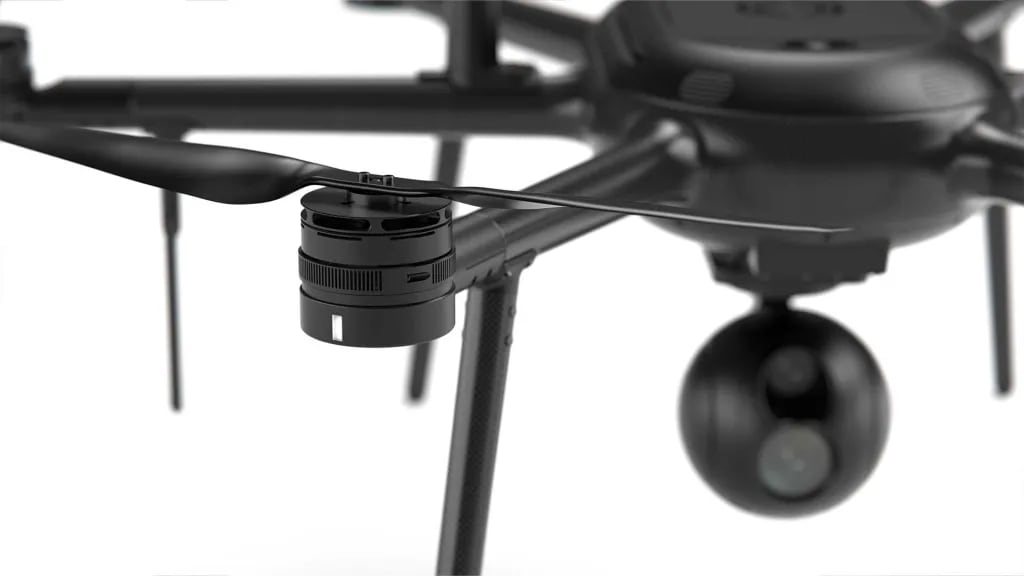Taking industries further with the enhanced Nokia Drone Networks platform

We have come a long way since launching the first CE-certified 5G automated drone-in-a-box in May 2023. We have gone nationwide in Belgium, Switzerland is planning similar deployment, and Spain is enhancing its emergency services using our platform.
In 2024, we integrated Motorola’s CAPE drone software to help transform public safety and industrial operations in the US. Since then, we have deployed drones in California and continuing with rollouts along the East Coast. Our success and the expansion into the region are largely due to our open architecture, which enables integration with other third-party solutions and the creation of new services. With further software integrations underway, we are heading towards a true, use-case oriented Nokia Drone Networks application ecosystem, which is becoming a reality.
In addition to gaining market share, we have also expanded our customer base beyond public safety. We are currently preparing for deployments on major highway, power line, and substation inspection projects across Europe. And in the UAE, Etisalat (e& UAE) is collaborating with us to build out its drone network for the launch of a drone-as-a-service platform to support the diverse mission-critical needs of public safety teams and industrial enterprises, including surveillance, inspection and disaster response.
Based on this field experience and our collaboration with current partners and customers, we are excited to share news of the next version of Nokia Drone Networks - a smarter, more powerful solution designed to make deployment and scaling easier than ever. With its new capabilities, this release empowers customers to take on the most demanding operations with more confidence and precision
Empowering BVLOS Operations with 5G
In addition to our open architecture, customers are choosing Nokia Drone Networks because the solution leverages 5G connectivity for long-range, secure, and reliable beyond-visual-line-of-sight (BVLOS) operations. Both elements are essential parts of the future drone industry. Nokia drones can be remotely flown from anywhere, taking off and returning to the ruggedized docking station that both protects and recharges them in preparation for their next flights.
This reduces the need for truck rolls and on-site personnel, as drones can inspect harsh and hard-to-reach infrastructure in the most extreme temperatures. Whether used for one-off trips or scheduled maintenance flights, organizations can achieve sustainability benefits and better protect workers.
Introducing the new Nokia Drone Networks 5.2 XLR
With the new release we are pushing boundaries with extended flight range (XLR stands for Extra Long Range), advanced temperature control, and smarter motor technology, redefining 5G automated drone missions. Discover how these innovations will empower critical operations worldwide.
Extended flight range: We want to make drone flight time reporting more transparent. Nokia drones can fly in a 10 kilometer (6.2 miles) radius, equipped with the Nokia dual gimbal camera and parachute and hover on site for an additional 10 minutes before returning to the docking station. This means teams can access images even further across forest fires, conduct longer pipeline inspections in remote deserts and gain greater situational and mission-critical awareness. We aren’t hearing this level of detail from competitors, where flight times are reported without any indication of whether payloads are used, or hover times included.
Next-level temperature control: When continuously operating drones from a docking station, the heat generated during flying and charging builds up in the battery. That’s why we’ve sourced a new component with silicon anode technology from our partner Amprius, and we are now among the first ones on the market to introduce active cooling at the battery itself. We’ve added new cooling capability at the docking station, too. This feature is critical, for example, when operating in high heat environment, for example remote pipeline inspections across deserts.

Active cooling at the battery
Driving sustainability with smarter motor technology: Because the new batteries can operate at a lower voltage, we needed the motors to do the same, so we have transitioned to US-manufactured motors, with a more integrated and capable technology stack. We’d already reached the point where our drones can remain in operation for three years, and the new components we are extending the lifetime to six years, making them a more sustainable alternative to other industrial drones on the market. We want all our customers to benefit from the most sustainable solution, so these upgrades are being offered to our existing customers too.

Smarter motor technology
Evolving towards regulatory compliance: We continue to navigate the complexities of drone operations for our customers in many ways with Nokia Drone Networks 5.2 XLR:
- The transition towards new components sourced from US innovators, including the batteries and motors, brings us a step closer to a solution required by mission-critical industries in North America.
- A new add-on module for Automatic Dependent Surveillance-Broadcast (ADS-B) and Flight-Related Automatic Numbering and Reporting (FLARM) communications advances compliance with aviation agencies when operating in increasingly busy airspaces around the world.
- There is significantly less paperwork for industries and public safety agencies to operate drones over populated areas, such as industrial campuses and urban locations, as our parachute is now the first in Europe in its weight class, over 10 kg, to achieve the M2 high certification level.
Building the future of drone operations - together
We want to make it easier for other industrial verticals, such as utilities, to adopt drone solutions and achieve their unique goals through automated infrastructure inspection, mapping and improved data collection. We are committed to extending the limits of our solution and helping customers achieve sustainability goals by reducing their reliance on vehicles and helicopters.
As the market is moving fast, we can’t do this alone, and thanks to Nokia Drone Network’s open architecture, we continue to work with ecosystem partners to deliver best-in-class solutions. Another example of this is an already announced partnerships with Gremsy and Yellowscan to develop an advanced payload portfolio, including more sophisticated cameras. Working with our partners, we will maintain the pace of evolution happening in the drone industry as we redefine the phrase ‘the sky is the limit’ for our customers.


